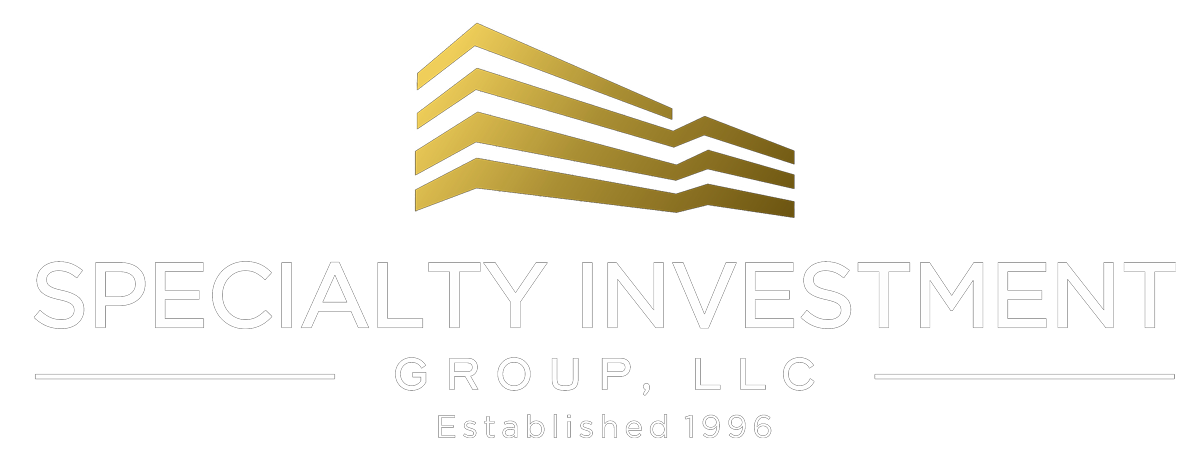Many people ask us, “If I invest $50,000 with you today, what kind of returns can I expect?” It’s a reasonable question since investors want to know how real estate syndications can maximize their profits and how passive real estate investing compares to other investment types.
Before answering this question, it’s important to note that we will be discussing projected returns. These returns are based on our analysis and estimates, and there is always a degree of risk involved in any investment. The examples we provide here are only intended to offer a rough estimate to help you get started.
In this article, we’ll explore the 3 main criteria you should look into when evaluating projected returns on a potential real estate syndication deal.
Three Main Criteria
Each real estate syndication investment summary contains a barrage of useful data. Focus on these core concepts:
- Projected hold time
- Projected cash-on-cash returns
- Projected equity multiple
Projected Hold Time: ~5 Years
Projected hold time, perhaps the easiest concept, is the number of years we would hold the asset before selling it. What this means for you is that this is the amount of time that your capital would be invested in the deal.
A hold time of around five years is beneficial for a few reasons:
- Plenty can change in just five years. You could start and complete a college degree, move, get married, or …you get the point. You need enough time to earn healthy returns, but not so much that your kids graduate before the sale.
- Considering market cycles, five years is a modest stint in which to invest, make improvements, allow appreciation, and exit before it’s time to remodel again.
- A five-year projected hold provides a buffer between the estimated sale and the typical seven- to ten-year commercial loan term. If the market softens at the 5-year mark, we can opt to hold the asset for a longer period of time, allowing the market to rebound.
Projected Cash-on-Cash Returns: 8% Per Year
Next, consider cash-on-cash returns, otherwise known as cash flow or passive income. Cash-on-cash returns are what remain after vacancy costs, mortgage, and expenses. It’s the pot of money that gets distributed to investors.
If you invested $100,000, and earned eight percent per year, the projected cash flow would be about $8,000 per year or about $667 per month. That’s $40,000 over the five-year hold.
Just for kicks, notice the same value invested in a “high” interest savings account (earning 1%) over five years would earn a measly $5,000.
That’s a difference of $35,000 over the span of 5 years!
And that is it, there is no appreciation realized then and there are no tax benefits either.
Projected Equity Multiple: ~1.8x
Perhaps the largest puzzle piece is the projected equity multiple when the property is sold. Typically, we aim to double your money after selling the property in year 5.
In five years’ time, the units have been updated, tenants are strong, and rent accurately reflects market rates. Since commercial property values are based on the amount of income generated, these improvements, along with market appreciation, typically lead to a substantial increase in the overall value of the asset.
When adding up the cash flow distributed during the hold period together with the profits from sale, we are targeting at a minimum to multiple the equity invested by 1.8x and ideally at least 2x. With a $50,000 investment, that would mean $90,000 to $100,000 returned, including the initial investment.
Summing It All Up
Simple enough, right? Typically, in the deals we do, we are looking for the following:
- 5-year hold
- 7-8% annual cash-on-cash returns
- 8x to 2.0x equity multiple upon sale
Sticking with the previous example, you’d invest $100,000, hold for 5 years, collect $8,000 per year in cash flow distributions paid out quarterly (a total of $40,000 over 5 years), and in total double your investment at the sale.
This results in $200,000 at the end of 5 years – $100,000 of your initial investment, and $100,000 in total returns.
Double your money in just 5 years? I bet you can’t find a savings account like that!
Nerding Out on Financial Terms
There are many other ways to quantify returns on an investment, and when we are evaluating a property, we look at many more factors, including:
- Internal Rate of Return (IRR)
- Measures the return of an investment where cash inflows and outflows are not constant.
- Average Annual Return (AAR)
- Averages the annual returns over the life of a multi-year investment.
- Capitalization Rates (Cap Rate)
- The ratio of the value of an asset to the annual net income the asset produces. Both the in-going and out-going Cap Rates are measured and projected, respectively.
To learn more about return projections and many other measures of real estate investing, see our Investor 201 course on our website.

